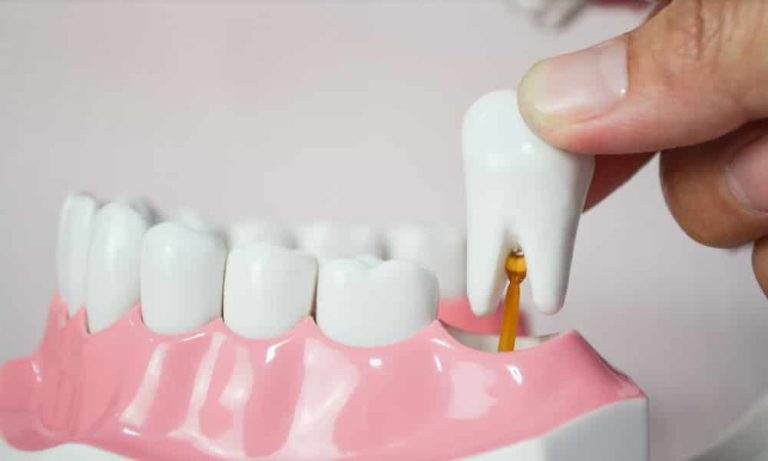Recovering from wisdom teeth removal can be a daunting experience, especially when it comes to figuring out what foods are safe and comfortable to eat during the healing process. This article aims to provide comprehensive guidance on dietary choices after wisdom teeth extraction, focusing on nutrition, ease of consumption, and promoting healing.
Understanding Wisdom Teeth Extraction
Wisdom teeth, also known as third molars, typically erupt in late adolescence or early adulthood. Due to their late arrival and potential for causing dental issues such as impaction, crowding, or infection, wisdom teeth are often recommended for removal by dental professionals.
The extraction process itself involves minor oral surgery performed under local or general anesthesia, depending on the complexity of the procedure and patient preference. After the extraction, the gum tissue and bone need time to heal, during which specific dietary considerations are crucial to ensure comfort and aid in recovery.
SEE ALSO: Do They Dislocate Your Jaw When Removing Wisdom Teeth?
Immediate Post-Extraction Diet
In the immediate aftermath of wisdom teeth removal, the focus is on allowing the extraction sites to heal without disruption or irritation.
Here are dietary recommendations for the first few days:
First 24 Hours:
Clear Liquids: Immediately after surgery, stick to clear liquids such as water, apple juice, broth, and electrolyte drinks.
These help prevent dehydration and are easy on the stomach.
Avoid Straws: Refrain from using straws as suction can dislodge blood clots and interfere with the healing process.
Cold Foods: Cold foods like ice cream, yogurt, and gelatin can provide relief from swelling and discomfort.
Days 2-7:
Soft and Pureed Foods: As the initial swelling and discomfort subside, transition to soft foods that require minimal chewing.
Examples include:
- Mashed potatoes
- Smoothies (avoid using straws)
- Oatmeal or cream of wheat
- Scrambled eggs
- Cottage cheese
- Blenderized soups (ensure they are lukewarm, not hot)
Avoid Hard, Crunchy, or Chewy Foods: To prevent irritation or damage to the surgical sites, steer clear of foods such as:
- Chips and pretzels
- Nuts and seeds
- Tough meats
- Sticky candies or gum
- Raw vegetables and fruits (unless blended or juiced)
Nutrition Tips for Healing
While navigating the post-extraction diet, maintaining adequate nutrition is essential for optimal healing and recovery.
Here are some tips to ensure you’re getting the nutrients your body needs:
Stay Hydrated: Drink plenty of water throughout the day to aid in healing and prevent dry mouth. Avoid sugary or acidic beverages that could irritate the extraction sites.
Vitamin-Rich Foods: Incorporate foods high in vitamins A and C, which are crucial for tissue repair and immune function.
Examples include:
Pureed carrots or sweet potatoes (vitamin A)
Citrus fruits or strawberries (vitamin C)
Protein Sources: Include soft protein sources such as Greek yogurt, scrambled eggs, or protein shakes to support tissue healing.
Calcium and Vitamin D: Dairy products like yogurt and pudding provide calcium, important for bone health. Vitamin D helps with calcium absorption and can be found in fortified dairy or cereals.
Gradual Transition to Normal Diet
As you progress through the first week post-surgery and begin to feel more comfortable, you can gradually reintroduce more solid foods into your diet. Here’s a timeline for transitioning back to a regular diet:
Days 3-4:
Semi-Solid Foods: Start incorporating foods that require a bit more chewing but are still soft and easily digestible:
Pasta
Soft-cooked vegetables (e.g., steamed carrots or squash)
Tender meats (e.g., ground turkey or chicken)
Days 5-7:
Soft Solid Foods: Introduce foods that are soft but provide more substance and require chewing without putting too much pressure on the extraction sites:
- Cooked fish
- Soft fruits like bananas or avocado
- Soft bread or toast (cut into small pieces)
- Rice or quinoa
Monitor Comfort Levels: Pay attention to how your mouth feels after eating. If you experience pain, discomfort, or notice any food particles getting stuck in the extraction sites, revert to softer options until you feel more comfortable.
Foods to Avoid During Recovery
While it’s crucial to know what to eat, understanding what foods to avoid is equally important to prevent complications or delays in healing:
Chewy Foods: Avoid foods that require extensive chewing such as caramel, taffy, or tough meats, as they can strain the healing tissues and increase discomfort.
Acidic or Spicy Foods: Citrus fruits, tomato-based sauces, and spicy dishes can irritate sensitive gums and prolong healing time. Opt for milder options until your mouth has fully recovered.
Alcoholic Beverages: Alcohol can interfere with the healing process and may interact with pain medications. It’s best to avoid alcoholic beverages until your dentist or oral surgeon gives you the green light.
Conclusion
Recovering from wisdom teeth removal requires patience and mindful dietary choices to promote healing and prevent complications. By following the recommended guidelines for what to eat after wisdom teeth extraction, you can ensure a smoother recovery process and pave the way for maintaining excellent oral health in the future. If you have specific dietary concerns or questions, consult your dentist or oral surgeon for personalized advice tailored to your needs. Remember, a well-nourished body supports faster healing, allowing you to return to your normal diet and activities with confidence.

